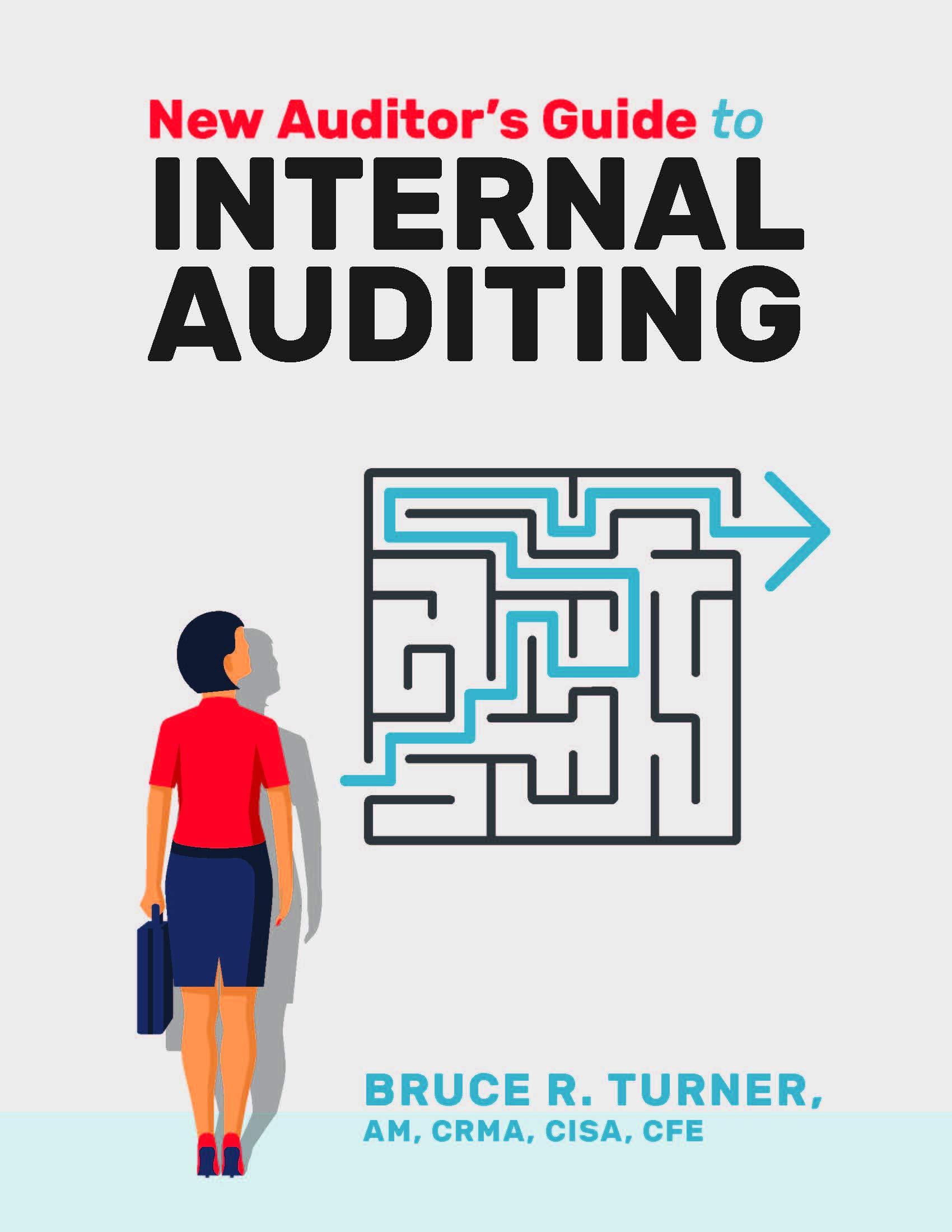Case #1 Allied Corporation ("Allied") is a publicly traded manufacturer and marketer of innovative music and audio technologies. Allied has a passion for producing and designing innovations and attributes its success to its ability to consistently deliver innovative products with features and benefits desired by its customers. At its manufacturing plant in Sydney, Nova Scotia, Allied manufacturers two types of products - the A123 and the B456. For many years, the company has used a simple costing system in which manufacturing overhead costs to products based on direct labour hours. Recently, a manager has questioned the accuracy of the company's costing system and has asked about whether assigning overhead using activity-based costing would improve the information quality. After reviewing the plant's manufacturing activities and costs, an accountant at Allied has collected the following information for the last fiscal year: Item A123 B456 Units produced and sold 50,000 100,000 Total direct labour hours used 133,700.00 534,800.00 Direct labour cost $2,005,500.00 $8,022,000.00 Number of times handled 60,000 45,000 Number of parts 20,000 15,000 Number of design changes 3,200 2,050 Number of product setups 12,000 12,500 The accountant also determined that the actual manufacturing overhead costs incurred for the last fiscal year were as follows: Cost pool Activity Costs Handling $6,300,000 Number of parts $4,900,000 Design changes $6,562,500 Setups $5,635,000 Total $23,397,500 The direct materials cost per unit is $180 for the A123 and $225 for the B456. Required (A) What is the unit cost of each product using traditional costing in which direct labour hours to allocate manufacturing costs? (B) What is the unit cost of each product using activity-based costing (ABC)? (C)Which of the two methods [(B) or (C)) produces more accurate estimates of job costs? Explain your reasoning. (D) Assume that Allied Corporation determines the selling price of its products by adding a 30% markup to its reported product cost. What would be the selling price for the two products using: (i) traditional costing, and (ii) ABC? (E) After comparing the product costs computed in (B) and (C) to the prices computed in (E), an accountant at Allied Corporation has expressed some concerns with the use of traditional costing for the company. What concerns do you think the accountant has raised? (F) After reviewing the activity-based costing product cost information, what product-level changes do you suggest for management at Allied Corporation








